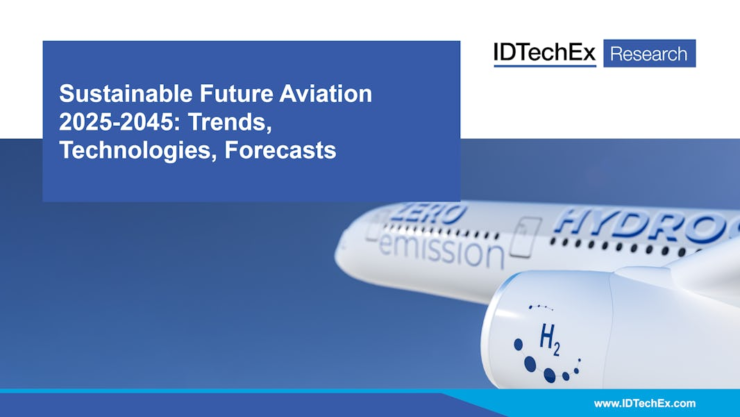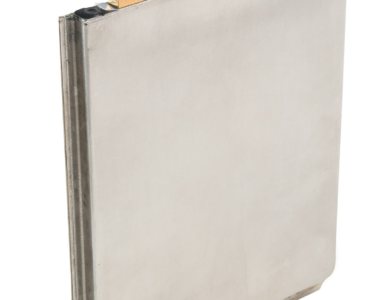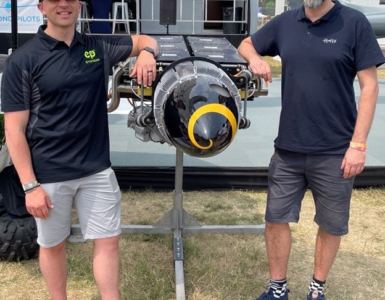IDTechEx predicts 24% of plane sales will be battery electric in 2045.
Battery Electric Planes, eCTOL, Hydrogen Fuel Cell, Hydrogen Combustion, Hybrid Flight Technologies, Sustainable Aviation Fuel (SAF), GHG reductions, Total Cost of Ownership, Fully-Electric Range, and more.
The electric airplane market is in its infancy. To the best of IDTechEx’s knowledge, there is only one example of an electric airplane for sale today: the Pipistrel Velis Electro. From IDTechEx’s perspective, it has had a stellar start, with a surprising number of deliveries since its first in 2020. Electric powertrains fit small general aviation planes well, helping to drive a predicted 35.7% CAGR in electric general aviation airplanes between 2025 and 2035. But, this is just the beginning of a new era of aviation, with “Sustainable Future Aviation 2025-2045: Trends, Technologies, Forecasts” finding that electric and hydrogen-powered airplanes can contribute to a decarbonized aerospace industry across a spectrum of aircraft. From the smallest two-seaters like the Velis Electro, to the largest planes on the market, like the Boeing 777, electric and hydrogen power can provide value and reduce GHG contribution.
- Improved battery technologies
- Improved plane design with better flight efficiency
- Higher maximum landing weights to carry more batteries
- Battery electric airplanes
- Hybrid propulsion options
- Hydrogen combustion airplanes
- Hydrogen fuel cell using:
- General aviation airplanes
- Business jets
- Narrow-body commercial airliners
- Wide-body commercial airliners
- Unit sales by plane type (general aviation, business jet, commercial airliner) and powertrain (conventional ICE, battery electric, hydrogen)
- Sales revenue in US$ by plane type (general aviation, business jet, commercial airliner) and powertrain (conventional ICE, battery electric, hydrogen)
- Battery demand for battery electric planes
- Motor demand for electrically propelled planes (battery and fuel cell electric)
| Report Metrics | Details |
|---|---|
| Historic Data | 2021 – 2023 |
| CAGR | Electric general aviation planes can expect a 35.7% CAGR between 2025 and 2035 |
| Forecast Period | 2024 – 2045 |
| Forecast Units | Unit sales, revenue (US$ billion), battery demand (GWh), motor demand (GWp) |
| Regions Covered | Worldwide |
| Segments Covered | This report covers the following emerging propulsion technologies – Battery electric flight – Hybrid flight with jet fuel or SAF – SAF – Hydrogen combustion – Hydrogen fuel cell These technologies are explored across – General aviation planes, including single engine fixed wings and multiengine fixed wings – Business jets – Small commercial narrow-body planes (less than 100 seats) – Commercial narrow-body planes (100-200 seats) – Commercial wide-body planes. |
READ the latest Batteries News shaping the battery market
IDTechEx predicts 24% of plane sales will be battery electric in 2045. source










